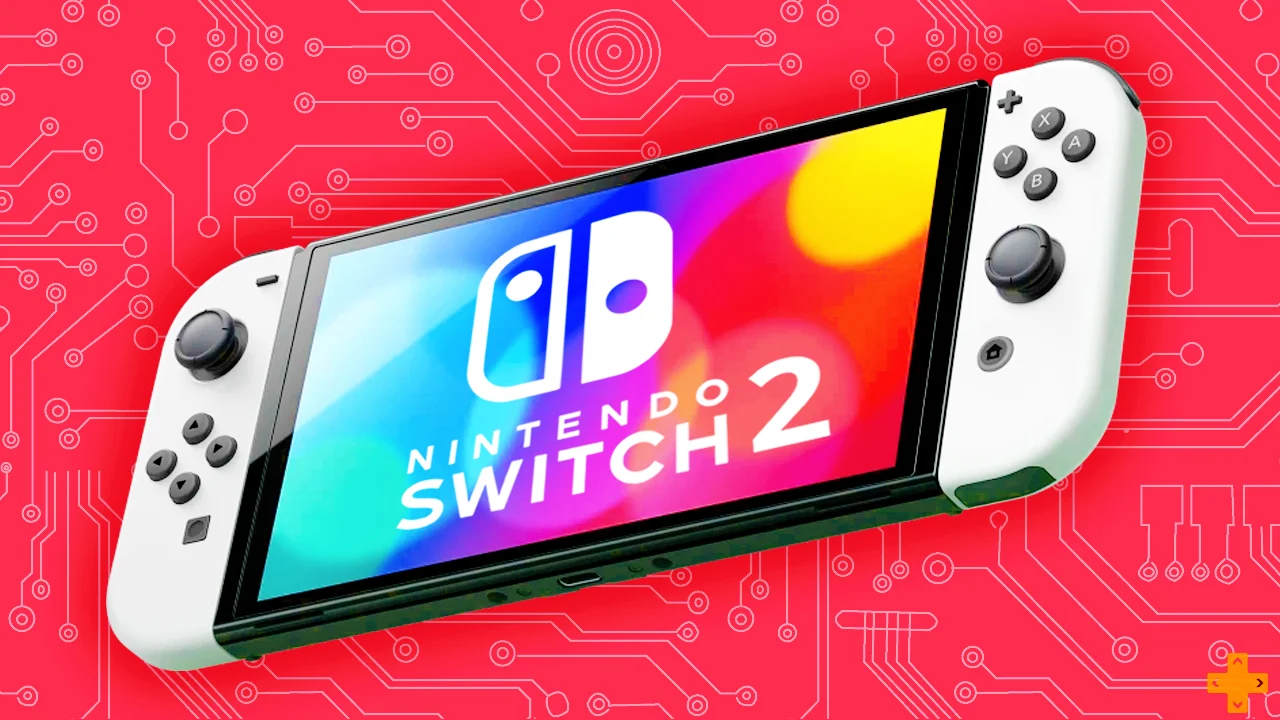Nintendo has recently unveiled a set of stringent guidelines for smaller-scale fan tournaments, sparking a mix of surprise and concern within its competitive community. These guidelines lay out specific conditions under which these events can operate without requiring an official license from the company.
The new Community Tournament Guidelines, initially released by Nintendo of Japan and subsequently adapted for Nintendo of Europe, detail the parameters for what the company deems “small-scale and not for commercial profit” tournaments.
These events, referred to as “community tournaments,” are allowed to proceed without a license post-November 15th, 2023, given they adhere to certain limitations.
In-person tournaments are capped at 200 participants per day, while online events can accommodate up to 300 daily participants. The collection of entry fees (capped at £14/€15 per person) and spectator ticket sales (capped at £18/€20 per person) is permitted, provided the total revenue does not exceed the costs of organizing the event and generating prize money. However, prize money, which is limited to a total of £4,500/€5,000, cannot be sourced from spectator ticket sales.
Nintendo’s guidelines also impose a variety of other restrictions. The sale of food and drink at venues with spectators is prohibited, and the use of a Nintendo game’s name in the tournament title is not allowed (though it can be used in accompanying event descriptions). Schools can host a license-free community tournament, but it must be closed to the public and limited to a competition between two schools.
These guidelines have elicited a range of responses from the competitive community, highlighting the ongoing tension between Nintendo and its competitive fanbase, particularly within the Super Smash Bros. community.
Some have expressed concern about the impact on Melee tournaments, fearing that Nintendo might be more reluctant to grant licenses for its 22-year-old game. Others have pointed out potential issues with the 200-person cap for in-person tournaments and the exclusion of third-party accessories, which could affect accessibility for gamers with disabilities.
Nintendo’s new guidelines for smaller-scale fan tournaments mark a significant development in the company’s relationship with its competitive community.
While the guidelines provide clarity on what is permissible without a license, they also impose strict limitations that have raised concerns and sparked debate among fans and tournament organizers. As the community grapples with these changes, the long-term impact on the competitive scene remains to be seen.
